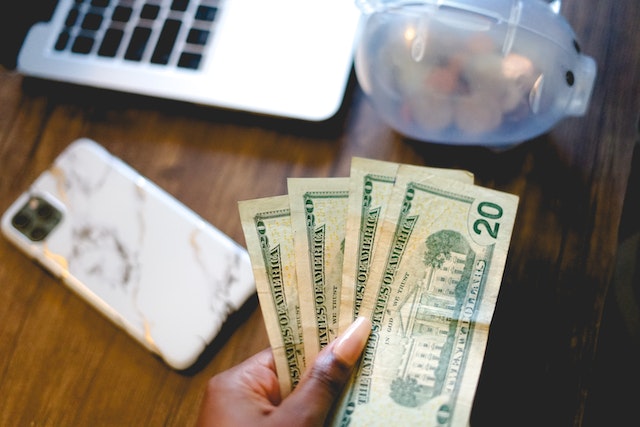You’re doing it wrong if you don’t have an emergency fund by 2023. That may sound like a harsh statement, but it’s the truth. An emergency fund is one of the most important things you can have in your financial arsenal, and if you’re not following these must-follow rules, you’ll struggle when something unexpected comes up. So read on to find out what you must do to ensure your emergency fund is ready for anything. In addition, the Tech Diary outlines tips to help you make informed financial decisions and bridge the gap between your current state and the ideal future.
Start Small
 One of the most common mistakes people make when setting up an emergency fund is trying to save too much too soon. While having a goal in mind is essential, you don’t need to hit that goal all at once. It can be beneficial to start small and work your way up. Set a realistic target for yourself – like $500 – and work up there. Additionally, try to break down your goal into smaller, more manageable chunks. For example, if you have a $1,000 goal in mind, break that goal down into four separate deposits of $250 each. It helps make the process less daunting and more achievable.
One of the most common mistakes people make when setting up an emergency fund is trying to save too much too soon. While having a goal in mind is essential, you don’t need to hit that goal all at once. It can be beneficial to start small and work your way up. Set a realistic target for yourself – like $500 – and work up there. Additionally, try to break down your goal into smaller, more manageable chunks. For example, if you have a $1,000 goal in mind, break that goal down into four separate deposits of $250 each. It helps make the process less daunting and more achievable.
Diversify
You don’t want all your emergency funds sitting in one place, so diversify. This means having some of your money in a savings account and some in an investment account, depending on how much risk you’re comfortable with. Itcwould help ensure you don’t lose all your money if something happens to one of the accounts.

Automate It
Once you have a target in mind, the next step is to set up an automatic transfer into your emergency fund account each month. This will help you stay on track with your savings goals without remembering to move money around manually. And if your budget allows for it, you can even set up the transfer to be a percentage of your income each month.
Review Regularly
 Finally, it’s essential to review your emergency fund regularly – every six months or so – and ensure it still meets your needs. If you need more money than you initially thought, or if your financial situation has changed, it’s time to reassess the amount of money you have set aside and adjust accordingly. An emergency fund can be a lifesaver when unexpected expenses arise. But for it to work, you need to ensure you’re following these must-follow rules: start small, automate your savings, diversify your investments, and review regularly.
Finally, it’s essential to review your emergency fund regularly – every six months or so – and ensure it still meets your needs. If you need more money than you initially thought, or if your financial situation has changed, it’s time to reassess the amount of money you have set aside and adjust accordingly. An emergency fund can be a lifesaver when unexpected expenses arise. But for it to work, you need to ensure you’re following these must-follow rules: start small, automate your savings, diversify your investments, and review regularly.

